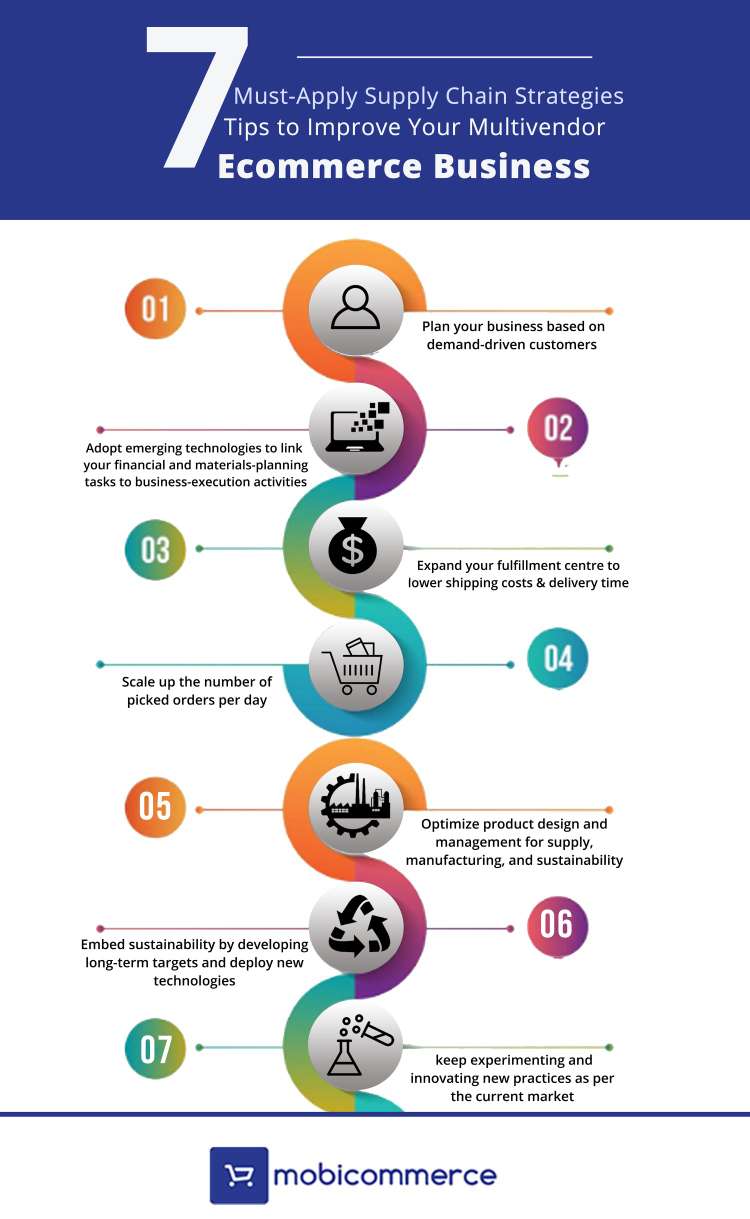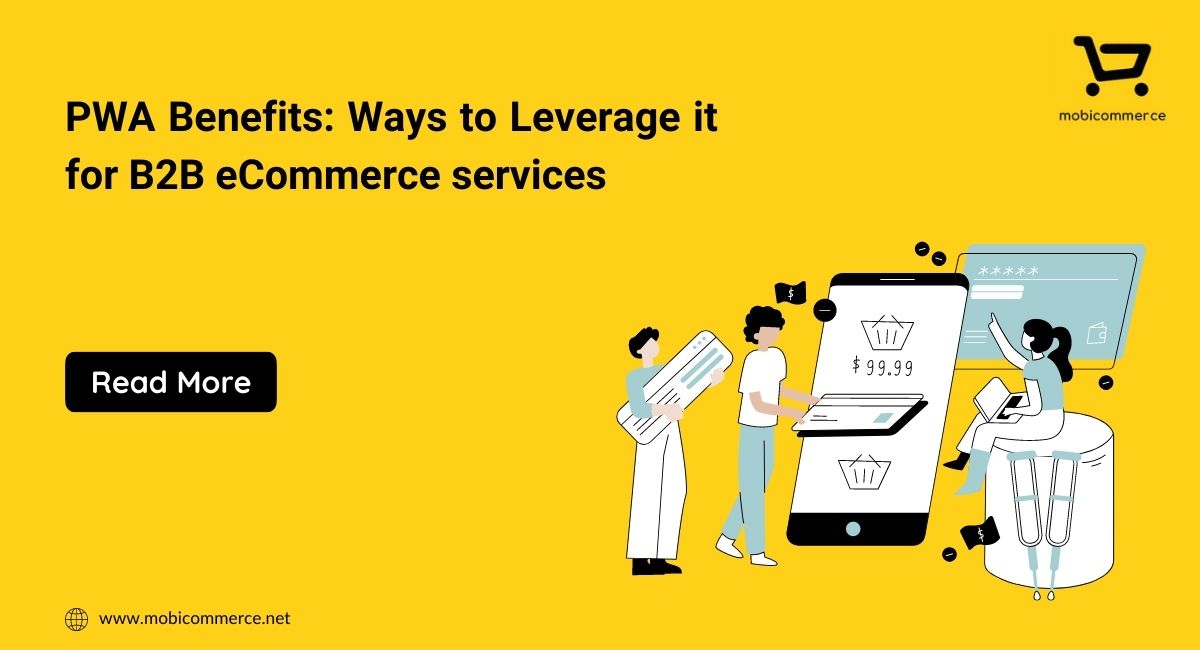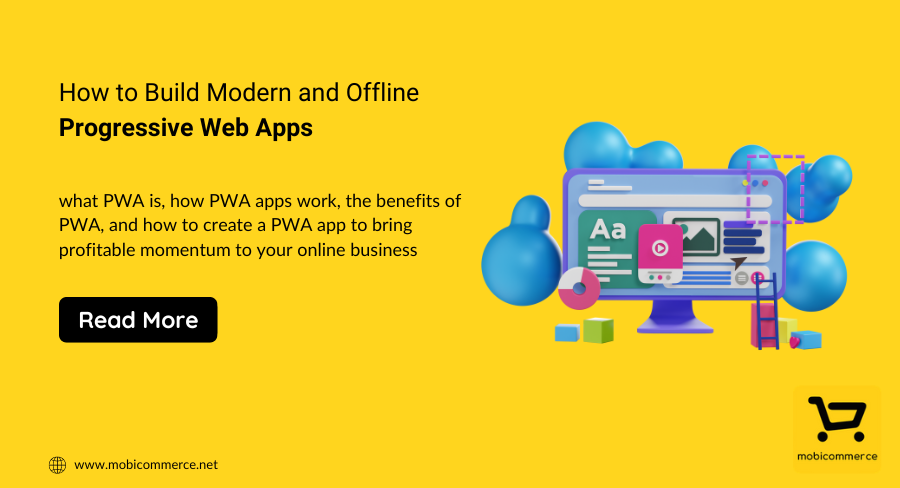
For any business to survive the competition, strategies are required to be applied timely, especially, when the time is turbulent like at present due to the COVID-19 situation. Strategies are a must and the sector of a multi-vendor eCommerce business that needs such strategies the most is – the supply chain management (SCM).
What is Supply Chain Management (SCM)?
One of the most challenging divisions of a multi-vendor marketplace solution is its supply chain which is the handling of the entire production flow of a good or service — starting from the raw components, product development, sourcing, production, packaging and all the way to delivering the final product to the consumer and even collecting returns, including the information systems needed to coordinate these activities. It is a network of suppliers (“links” in the chain) created by the company to move the product along from the suppliers of raw materials to those organizations that deal directly with users in order to maximize customer value and achieve sustainable competitive advantage.
Why is it important?
Supply chain management is an effective way to minimize cost, waste and time in the production cycle. It helps you keep your inventory in check and meet the needs of the demand-driven customers. With supply chain management; you can identify potential problems like shortage of products before the buyer gets disappointed, adjust prices according to the season and demand, and improve your delivery promise.
Now let’s understand the eight supply-chain strategies that will help your eCommerce business thrive in the current environment.

1. Plan your business based on demand-driven customers
Online business has scaled up during the lockdown period due to COVID-19, and hence there is no pause in the demands of customers in online stores. In fact, during the lockdown i.e. from March to May, many online retailers experienced disruption in the supply chain due to sudden surge in demands. Therefore, you got to structure your supply chain accordingly. Make use of powerful digital tools like Artificial intelligence technologies and internet of things (IoT) networks to act quickly and get real-time insights to meet the demand as soon as possible.
2. A resilient and agile supply chain is the key
How faster and better can you deliver is the only point of focus in today’s competitive world. Adaptability, speed, risk reduction, and sustainability, these are the key points companies today are paying attention to more than anything as customers have various options, and they don’t have to wait for you. Your supply chain got to have greater operational speed and flexibility in order to thrive in this new reality.
Adopt emerging technologies like cloud-based platforms to link your financial and materials-planning tasks to business-execution activities such as procurement, manufacturing, and inventory management, or methods like adopting more flexible sourcing and distribution strategies, including shifting to suppliers that are closer to home, engaging with customers in new – often virtual – ways, omnichannel ordering and fulfilment, etc. will help you sail through amid an ever-changing market landscape.
3. Innovate to grow
Customers look for variety in everything be it products or services, and if they are getting the same monotonous experience from your end, they will move on to others, therefore it is important to keep experimenting and innovating new practices also as per the current market. For example, Swiggy started delivering groceries and other essentials other than food delivering. Therefore, you can consult ecommerce solution provider who can help you in simplifying supply chain activities right from product procurement to product delivery.
4. Expand your fulfilment centre to lower shipping costs & delivery time
Faster delivery and lower shipping costs are what you and your customers desire; therefore, in order to achieve this common goal, a multi-FC strategy is the best approach. Expanding your facilities, inventory, staffing, and management will help you deliver to more customers nearby that area; quickly as well as at low shipping rates.
5. Scale up the number of picked orders per day
One of the most laborious tasks is order picking and delivering it accurately, and timely are keys to a successful eCommerce and customer experience. Improve your order cycle time, reduce replenishment trips and reduce put-away and picking time by slotting your order effectively. A fully automated order slotting method can provide high ROI, but not everyone can afford that. Try improving your storage capacity, opting for locations that are easier to pick from, separating similar products or SKUs that could be mis-picked etc., to increase your number of picked orders.
6. Optimize product design and management for supply, manufacturing, and sustainability
Considering product development and supply-chain planning as separate functions can be one of the major roadblocks in your order fulfilment. Merge design teams with supply-chain planners on a single (usually cloud-based) platform to speed up the process. Moreover, this kind of collaboration, as well as smart procurement practices such as supplier prequalification will help product developers source the right components upfront, based on factors such as parts availability, quality, and cost and will help you gain faster time to market, greater product revenue, and reduced scrap and rework expenses.
7. Embed sustainability
There are environmental and social consequences behind every supply chain management process like carbon emissions of transportation networks, industrial waste from factories, ethics practised by suppliers, etc. Therefore, a sustainable supply chain practice is important in today’s time from guiding decisions ranging from product design and factory floor configuration to sourcing and logistics.
Some of the strategies to optimize supply chains for sustainability are:
In a nutshell
The competition is getting fiercer every day, and with people switching to online shopping more after the lockdown and due to the scare of the COVID-19, strategies are a must if you want to survive and keep going. Apply the above-mentioned strategies, and you can see a significant difference in yourb2b ecommerce software solutionsfor sure.

In order to improve user experience, businesses are increasingly turning to progressive web apps, which combine the best features of regular apps and websites. Ecommerce businesses which have created mobile-first PWAs have seen significantly faster page loading times, better conversion rates and improved engagement. On average, a website using PWA can increase speed performance by… Continue reading PWA benefits: Ways to Leverage it for B2B eCommerce services

If you have a grocery store and you are looking to take your business to the next level, then this is the right time to invest in grocery mobile apps. A report by Oberlo suggests that online grocery sales in the US are expected to reach $160.91 by 2023. Not only this, the revenue continues… Continue reading How to Build a No-Code Online Grocery App in 2023?

Most businesses create an app to establish their business in the digital world. But after some time, these businesses end up investing much more money by creating different versions and similar apps for different operating systems to stay relevant in the market. Later on, this choice of businesses becomes painful as they spend more money… Continue reading How to Build Modern and Offline Progressive Web Apps
Sign up for our newsletter and be the first to receive all the latest updates.
Request a callback from us by filling the form below.

Get your project estimate. Brainstorm business ideas. Book a demo. Get complete support and so much more!